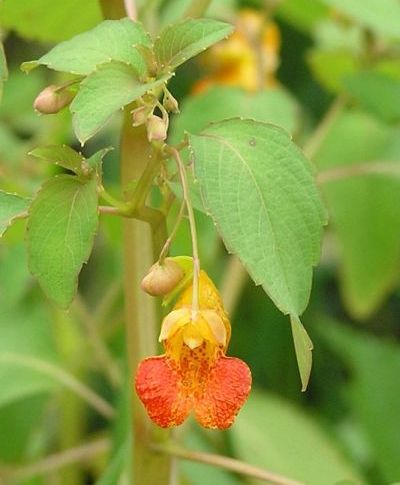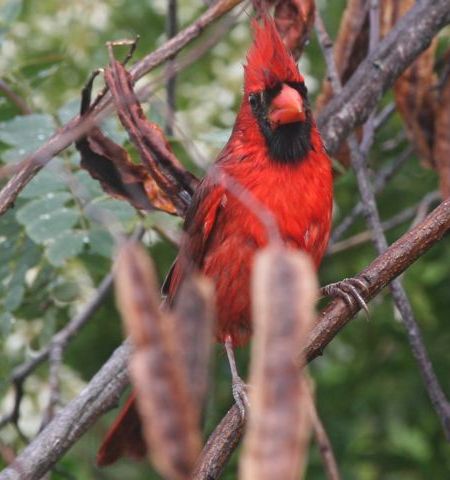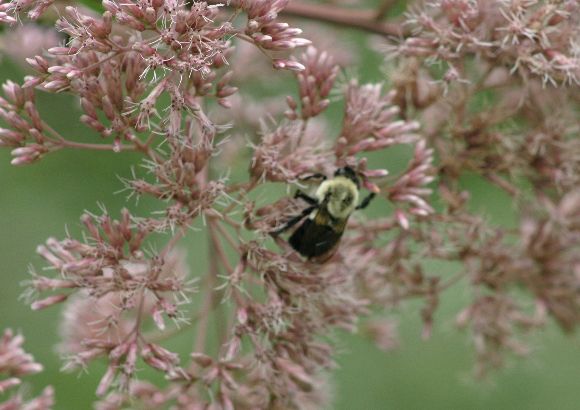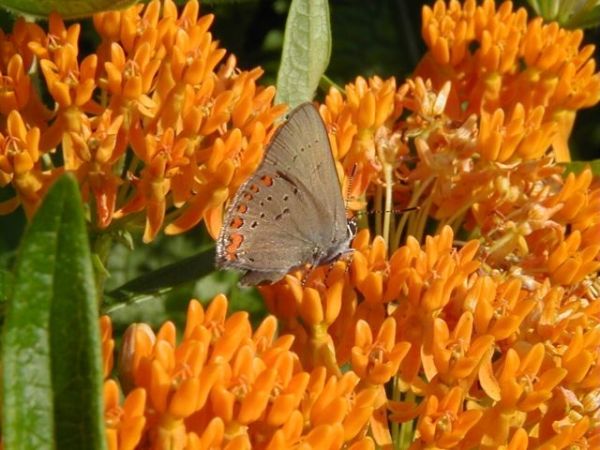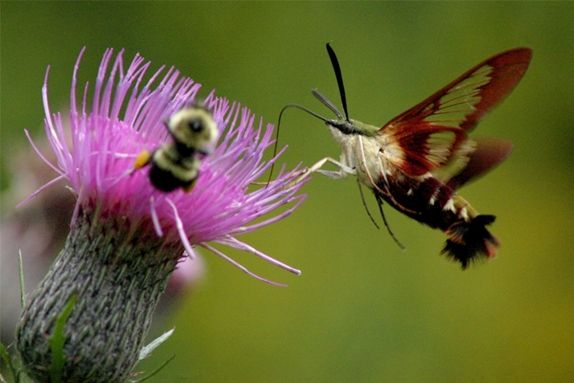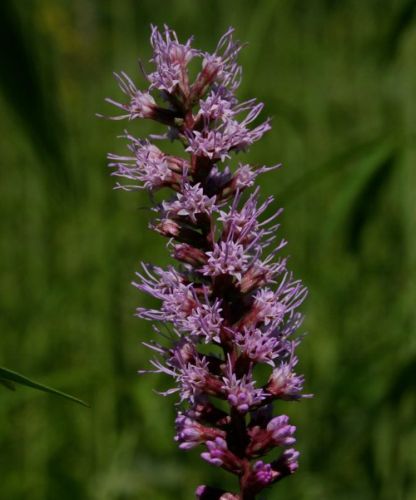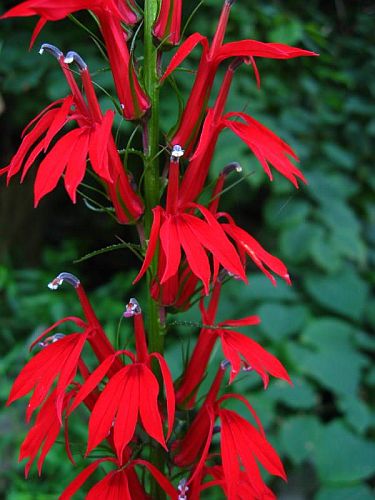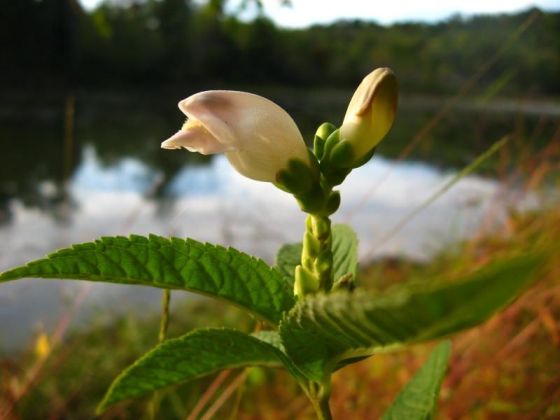
Early September is a quiet spell of lengthening shadows and shorter days. Birds and animals, insects and plants are packing up and getting ready for winter. Even we humans are starting to take the hint. Here’s what to expect outdoors in western Pennsylvania in the coming weeks:
- The days are getting shorter. By September 23rd, day will equal night.
- Flowers will put on one last extravaganza, especially the goldenrods and asters. Look for late blooming turtleheads.
- Watch the trees begin to change color. Even now the hackberries are starting to turn yellow.
- Woodchucks and squirrels will focus on food … for sure!
- Monarch butterflies are migrating. They flutter and set their wings for a long glide. Marcy Cunkelman tells me they can cover 50 miles a day.
- Birds are migrating too: warblers, hummingbirds, thrushes, broad-winged hawks, sharp-shinned hawks, kestrels, swallows and swifts!
Chuck Tague’s phenology has an even bigger list of things to look for. See this and more in September.
(photo of Turtleheads by Tim Vechter)
